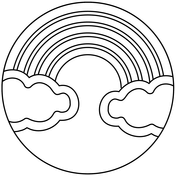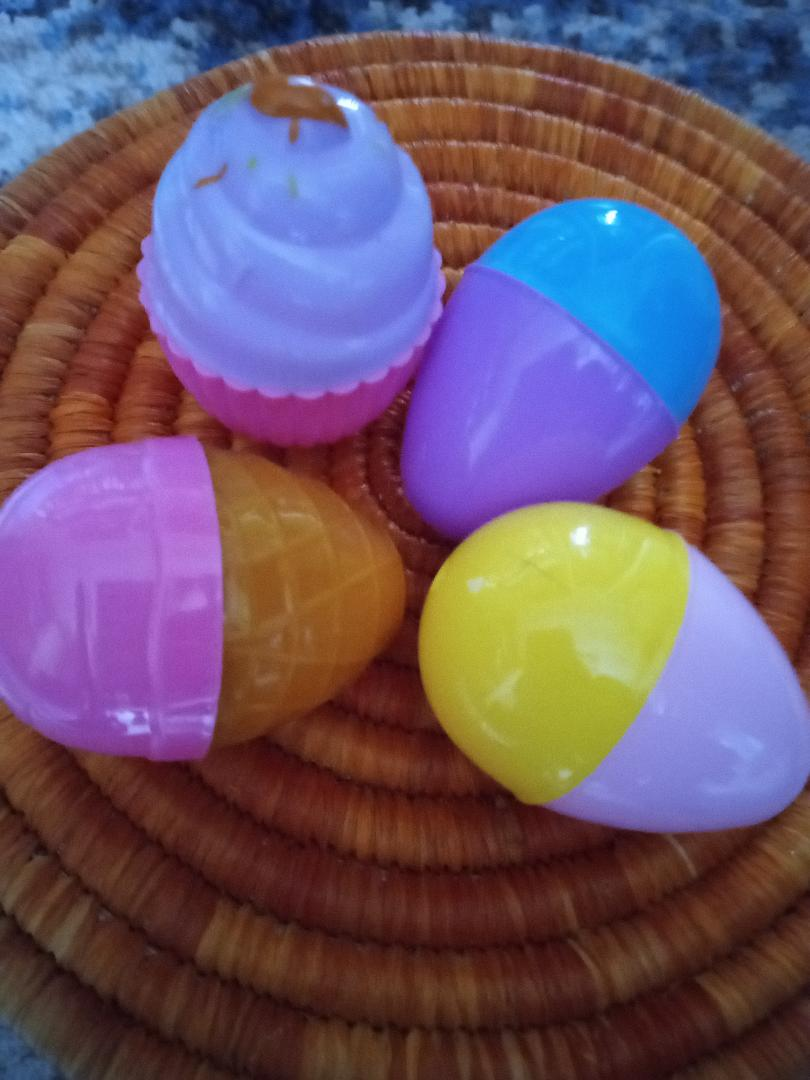Hello my Omschool friends. Our family is Catholic and when I homeschooled our children, we followed the liturgical calendar and based our lesson plans around that. Our high holy day is Easter. For Catholic and Orthodox Christians, Easter is about more than just Easter baskets, bunnies and candy. Easter celebrates the Passion, death and resurrection of Jesus Christ. During Lent, which is the 40-day period prior to Easter, Christians ready themselves for Jesus's coming with prayer, fasting and almsgiving. Lent begins in the Catholic liturgical calendar, on Ash Wednesday, following Fat Tuesday or Mardi Gras (also called Shrove Tuesday) The date of Ash Wednesday changes each year as Easter is a "movable feast." In 2025, Ash Wednesday was Mar 5.
Lent "follows" Jesus's during forty days of fasting in the desert when He was tempted by Satan. in preparation for His sacrifice on the cross. During Lent, we try to imitate Jesus. We follow the "Way of the Cross" or Stations of the Cross and pray the rosary. To help children learn about their Catholic Christian faith and observe Lent, here are free printable stations of the cross, rosary, saints and Easter bible story coloring pages. Use these for Lenten devotions.
The Catholic Kid has dozens of free printable Catholic coloring pages for Lent. There are free printable Catholic saints coloring pages too.
Catholic Mom has an entire liturgical year of free downloadable and printable saints feast day coloring pages organized by month. This site also has 200+ free printable Sunday mass worksheets and activities, gospel Bible story coloring pages and devotional guides that follow the Catholic liturgical calendar.
St. Anne's Helper has free printable Catholic activities and coloring pages for Lenten devotions. Catholic Icing is a homeschool mom blog with all kinds of printable Catholic activities, games, crafts, lesson plans and coloring pages. Clip Art Library has even more Catholic Bible printables and religious coloring pages. Edupics also has a big assortment of free printable Christian coloring pages.
Between these sites, you'll free printable and downloadable Catholic Lenten coloring pages across all categories related to the faith, plus Christian games, activities, crafts and lesson plans. Some images are cartoons but others are beautifully drawn stained glass windows in various churches. These would make good adult coloring pages as well as challenging coloring pages for kids. Categories include:
free printable rosary coloring pages--Joyful Mysteries from the Bible story of Jesus's life: the annunciation, the Visitation, the Birth of Jesus, the Presentation and Finding the Child Jesus in the Temple--Sorrowful Mysteries from the Bible story of Jesus's life: the Agony in the Garden, the Scourging, the Crowning with Thorns, Carrying the Cross and the Crucifixion--Glorious Mysteries (heavenly events) in Jesus's life include the Resurrection, the Ascension, the Descent of the Holy Spirit, the Assumption and the Crowning of Mary Queen of Heaven.--Luminous Mysteries: the Baptism of Jesus, the Wedding at Cana (Jesus's first public miracle), the Proclamation of the Kingdom and the Institution of the Holy Eucharist. These are Bible events from the life of Jesus.
free printable Stations of the Cross coloring pages, one for each of the 15 stations
free printable Apostles Creed coloring pages
free saints coloring pages of St. Patrick, Mary Mother of God, St. Joan of Arc, St. Philomena, St. Tarcisius, St. Clare, St. Maximilian Kolbe, St. Joseph, St. Francis of Assisi, St. Valentine and other saints. There are several of Pope Francis.
Use these free printable Catholic Easter coloring pages for Ash Wednesday, Lent devotions, Holy Week, Palm Sunday and the Easter Triduum: Holy Thursday, Good Friday, Holy Saturday and finally Easter Sunday. Make a Stations of the Cross coloring book for mass and to keep little ones quiet during devotions and to reflect during your stations prayers. These coloring pages make great lent devotional activities to prepare children for Easter.
.jpg)


















